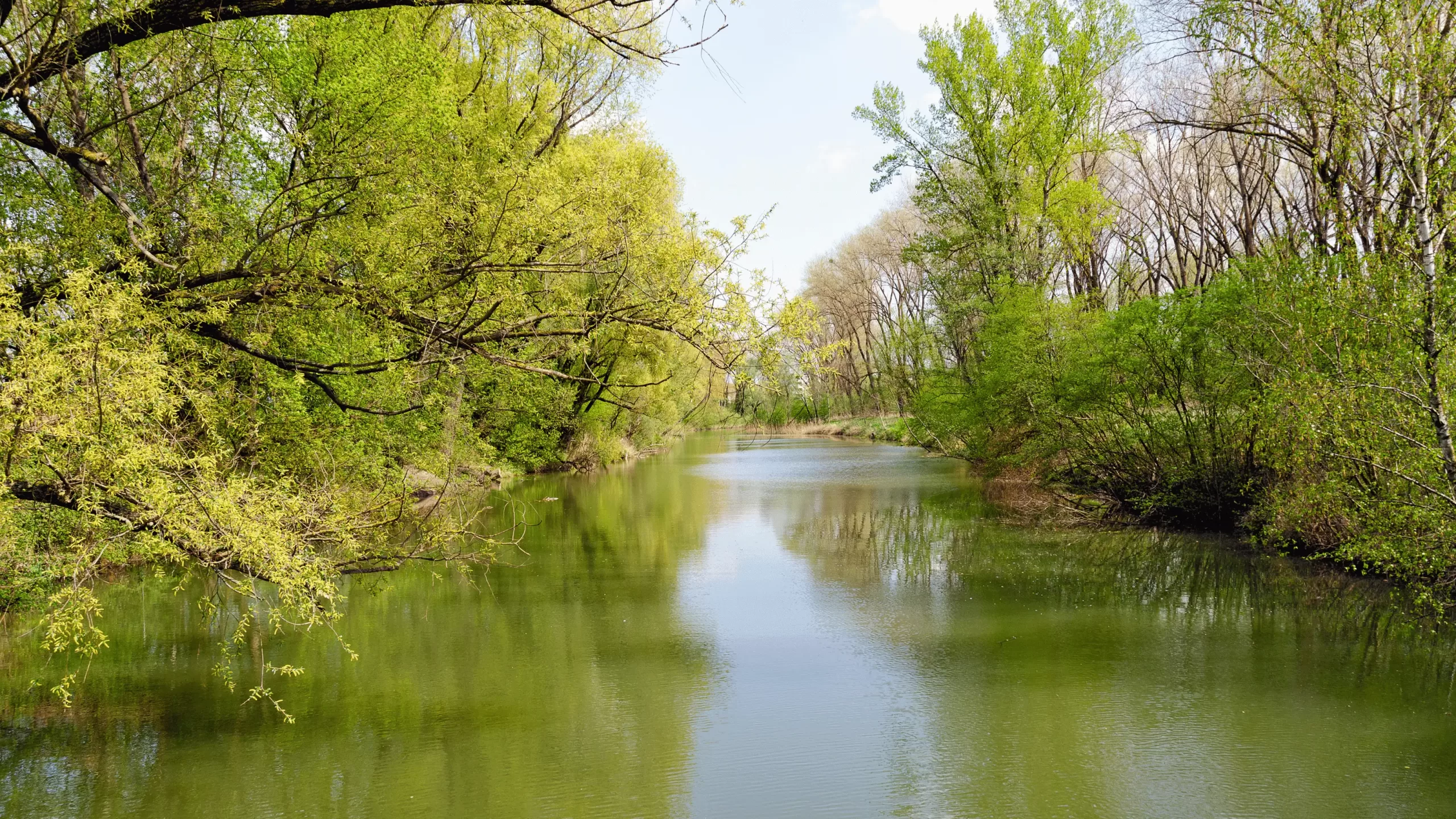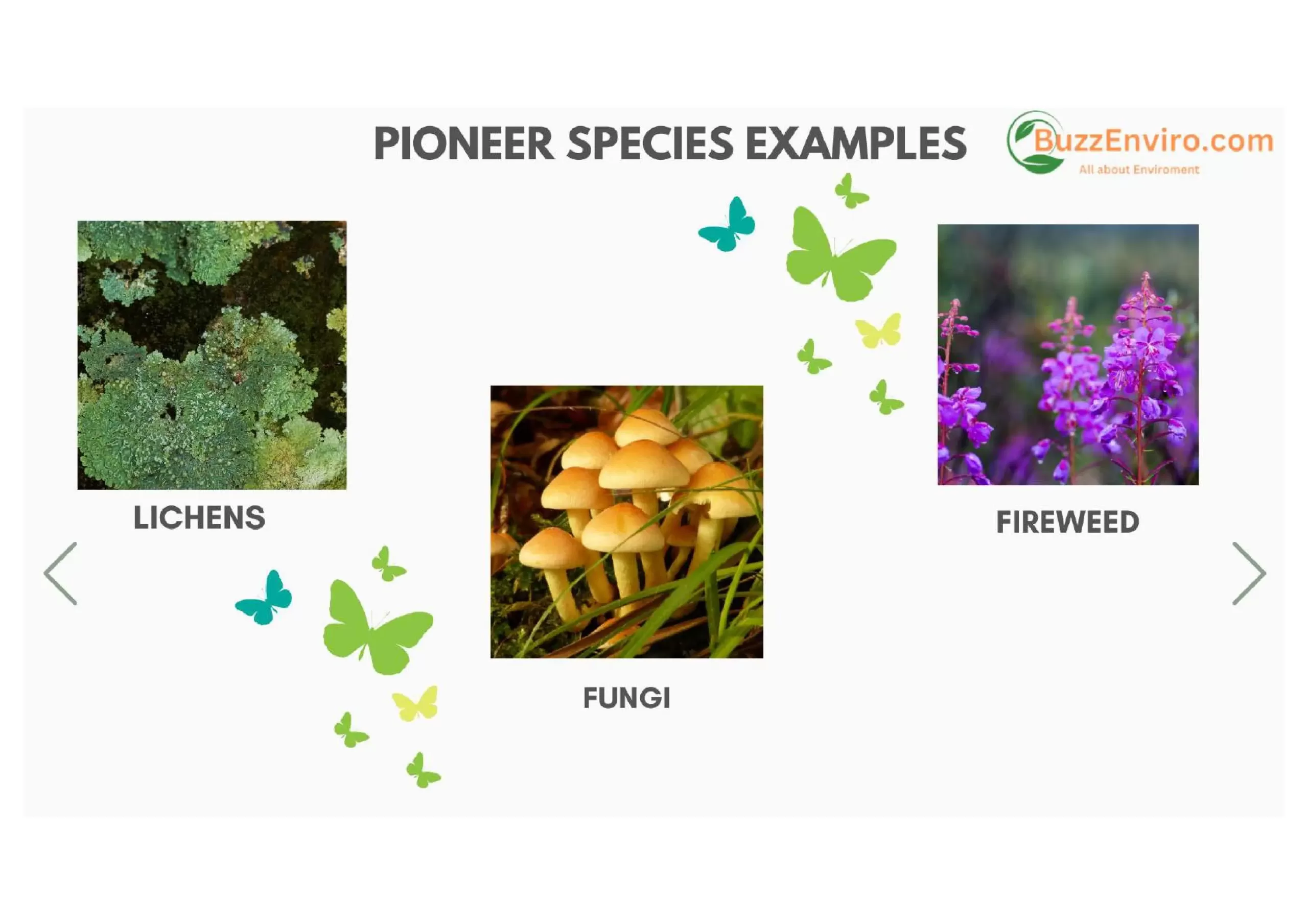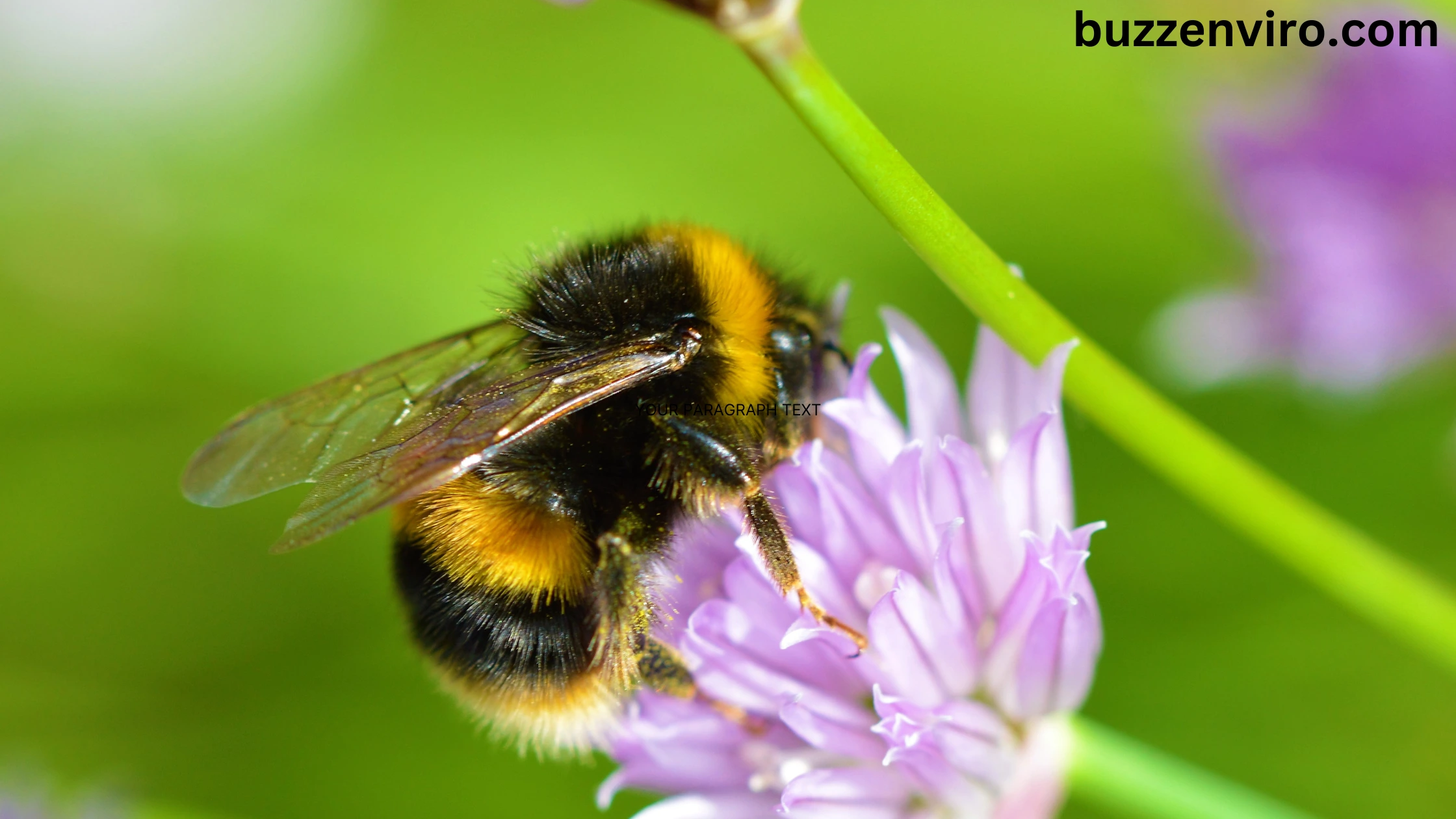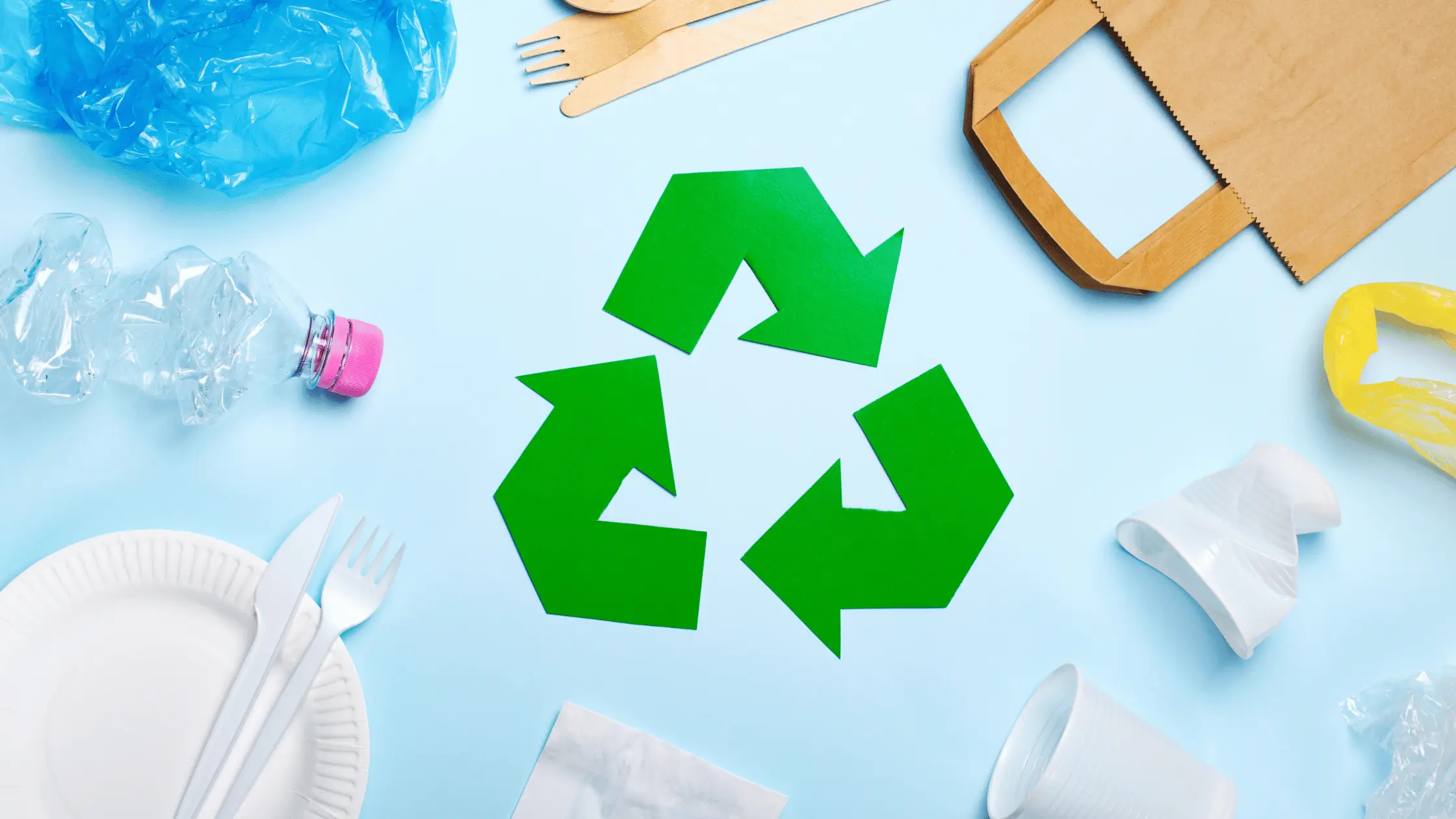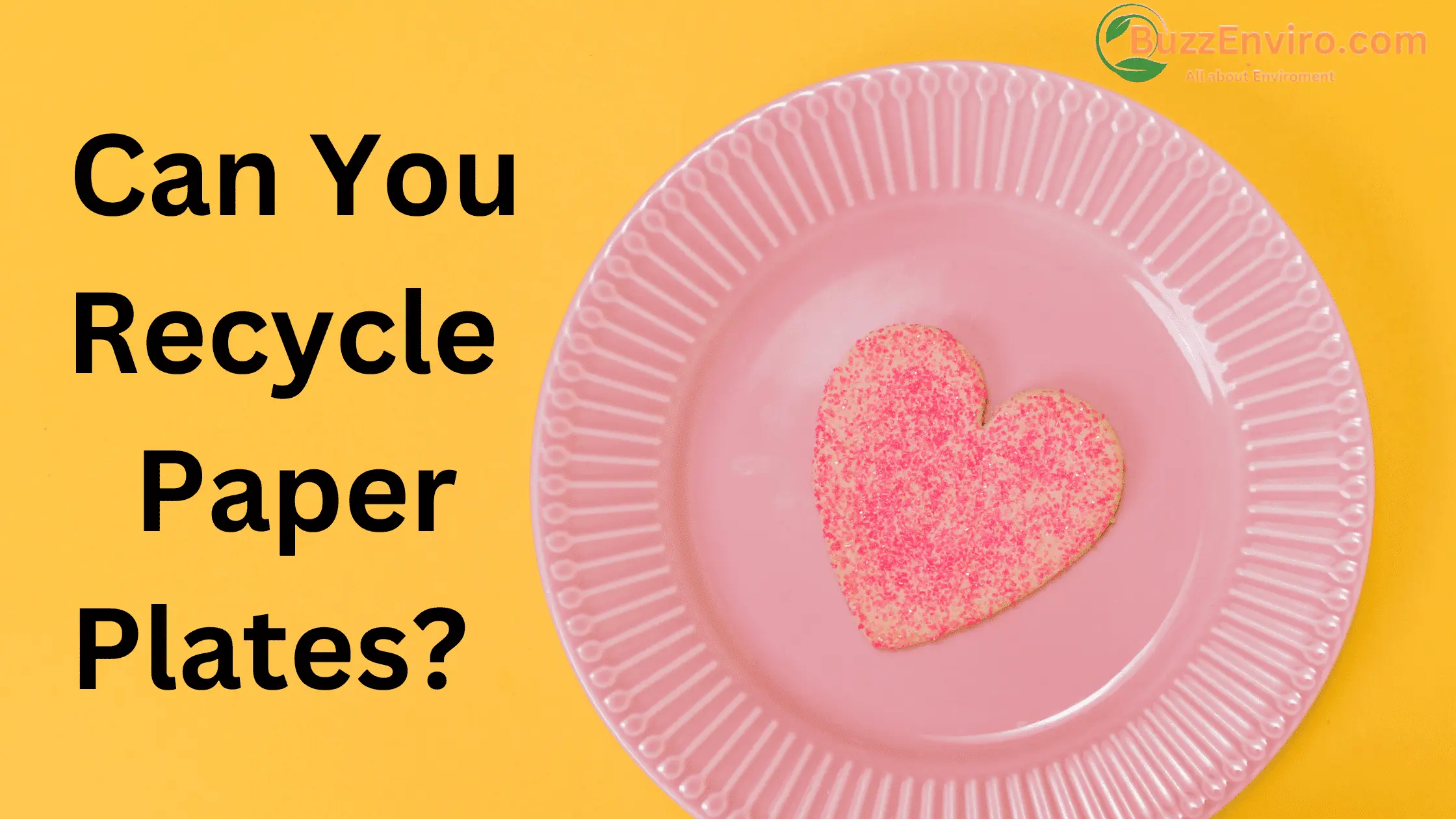Carbon Sinks are natural or man-made reservoirs that absorb and store carbon dioxide from the atmosphere. They play a crucial role in mitigating climate change by reducing the number of greenhouse gases in the atmosphere. In this blog, we will explore what carbon sinks are and how they impact climate change.
What Are Carbon Sinks?
They are natural or man-made reservoirs that absorb and store carbon dioxide (CO2) from the atmosphere. There are several types of carbon sinks, including forests, oceans, wetlands, grasslands, and soil. These sinks absorb CO2 through the process of photosynthesis, where plants use sunlight to convert CO2 into organic matter, releasing oxygen as a byproduct.
Forests are one of the most significant carbon sinks on earth, as trees absorb CO2 and store carbon in their biomass, soil, and dead wood. The oceans are another significant carbon sink, absorbing about 25% of the CO2 emitted by human activities. The CO2 reacts with seawater to form carbonic acid, which lowers the pH of the water, a process known as ocean acidification. Wetlands and grasslands also store carbon in their soils, while soil stores carbon in the form of organic matter.
Types of Carbon Sinks
Carbon sinks are natural or artificial reservoirs that absorb and store carbon dioxide (CO2) from the atmosphere. They play a crucial role in mitigating climate change by helping to offset the greenhouse gas emissions. Here are some types of carbon sinks:
1. Forests

Forests, especially old-growth forests, are significant carbon sinks. Trees absorb CO2 during photosynthesis and store it in their biomass, including trunks, branches, leaves, and roots.
2. Oceans

The world’s oceans are vast carbon sinks. They absorb CO2 from the atmosphere, primarily through dissolution at the ocean surface. This process forms carbonic acid, which contributes to ocean acidification but helps in carbon sequestration.
3. Wetlands

Wetlands, including marshes, swamps, and mangroves, are important carbon sinks. They accumulate organic matter over time, which can store carbon for centuries or even millennia.
4. Soil

Soil contains organic carbon derived from decomposed plant and animal matter. Proper land management practices such as no-till agriculture and afforestation can enhance soil carbon sequestration.
5. Grasslands

Grasslands and rangelands can sequester carbon in their root systems and soil. Practices such as rotational grazing and restoration of degraded grasslands can increase carbon storage in these ecosystems.
6. Agriculture Practices

Certain agricultural practices, such as agroforestry and reforestation of marginal lands, can enhance carbon sequestration. Additionally, techniques like biochar application and carbon farming focus on increasing carbon storage in agricultural soils.
How Do Carbon Sinks Impact Climate Change?
They play a crucial role in mitigating climate change by reducing the number of greenhouse gases in the atmosphere. Greenhouse gases, such as CO2, trap heat in the atmosphere, causing the earth’s temperature to rise, and leading to global warming. By absorbing and storing CO2 from the atmosphere, carbon sinks help to reduce the number of greenhouse gases in the atmosphere, reducing the rate of global warming.
However, the ability of carbon sinks to absorb CO2 is limited. As carbon dioxide levels in the atmosphere increase, the capacity of carbon sinks to absorb CO2 decreases. For example, forests may become saturated with carbon, and the rate of carbon uptake may slow down or even stop. Oceans may become too acidic, making it difficult for marine life to survive. Wetlands and grasslands may become too dry, reducing their ability to store carbon in their soils.
Furthermore, human activities such as deforestation, agriculture, and land-use change can also impact the ability of carbon sinks to absorb and store CO2. Deforestation, for example, removes trees, which are crucial carbon sinks, and releases the carbon stored in the trees’ biomass into the atmosphere. Agriculture and land-use change can also lead to the destruction of carbon sinks, such as wetlands and grasslands, which can release carbon stored in the soil.
What is the Role of Man-Made Carbon Sinks?
Man-made carbon sinks are also being developed to help mitigate climate change. One example of a man-made carbon sink is Carbon Capture and Storage (CCS), a technology that captures CO2 emissions from power plants and industrial processes and stores them in underground geological formations. This technology can help reduce the amount of CO2 emitted into the atmosphere, but it is still in its early stages of development and has not been widely deployed.
Another example of a man-made carbon sink is afforestation, the planting of new forests in areas where there was no forest cover. Afforestation can help to create new carbon sinks and reduce the amount of CO2 in the atmosphere. However, it is important to ensure that new forests are planted sustainably and that they do not displace local communities or lead to the destruction of other natural habitats.
Conclusion
In conclusion, carbon sinks play a crucial role in mitigating climate change by absorbing and storing carbon dioxide from the atmosphere. However, their ability to absorb CO2 is limited, and human activities can impact their ability to function effectively. Developing new man-made carbon sinks, such as Carbon Capture and Storage and afforestation, can help to reduce the amount of CO2.
